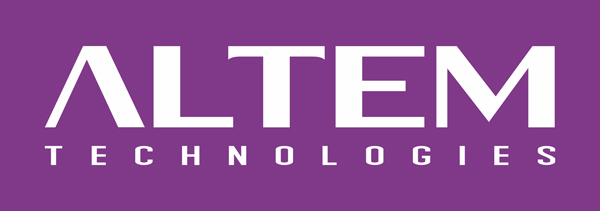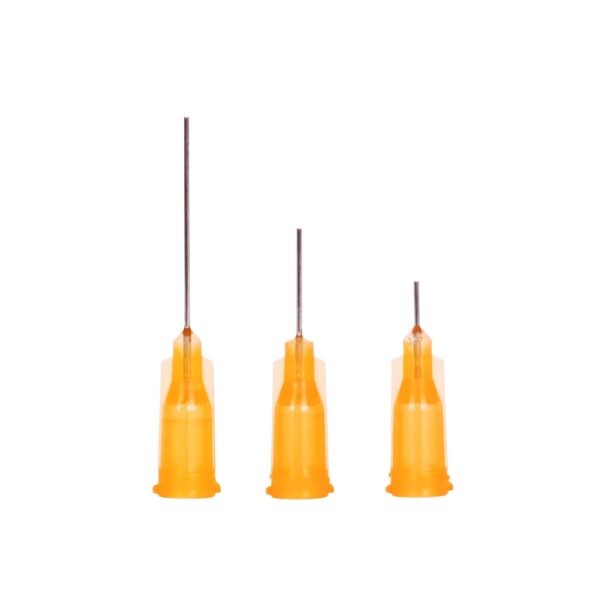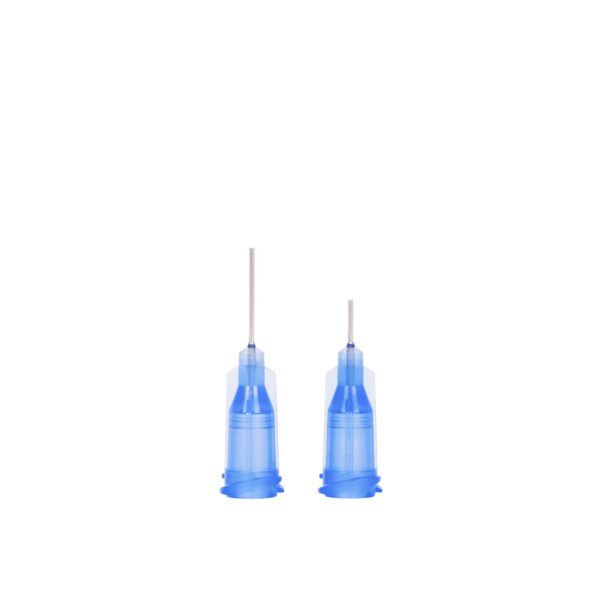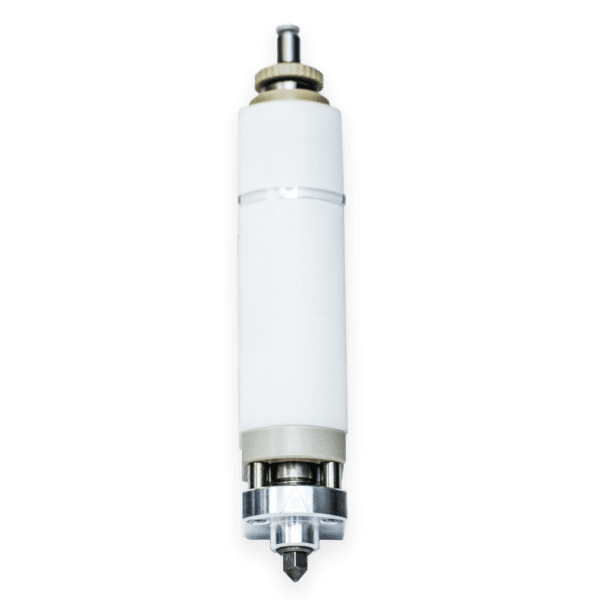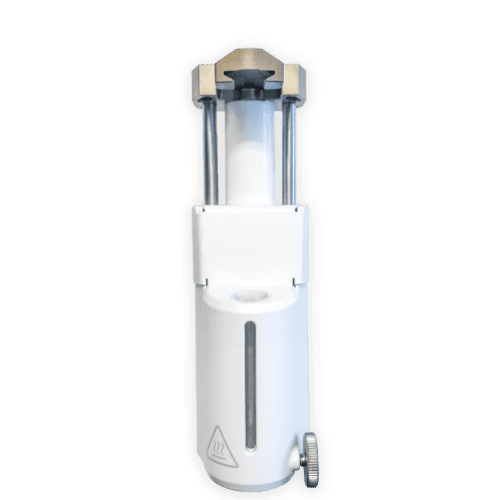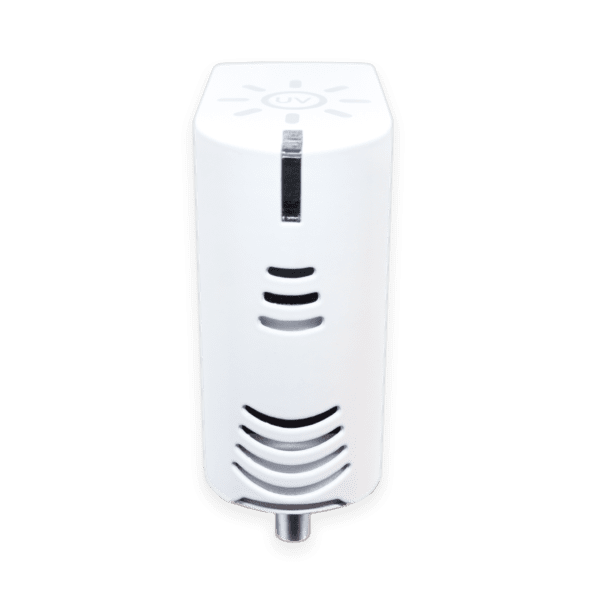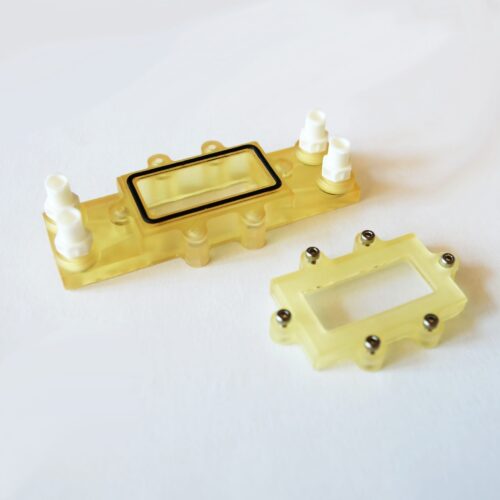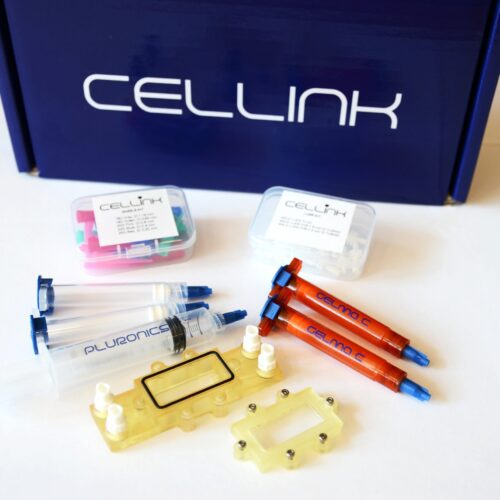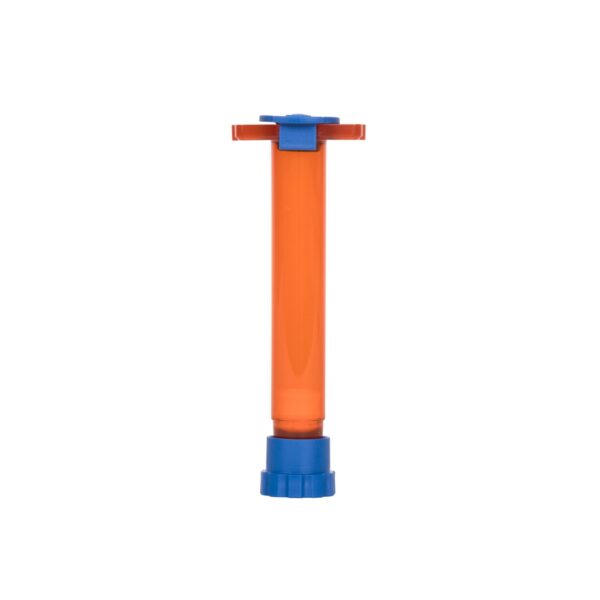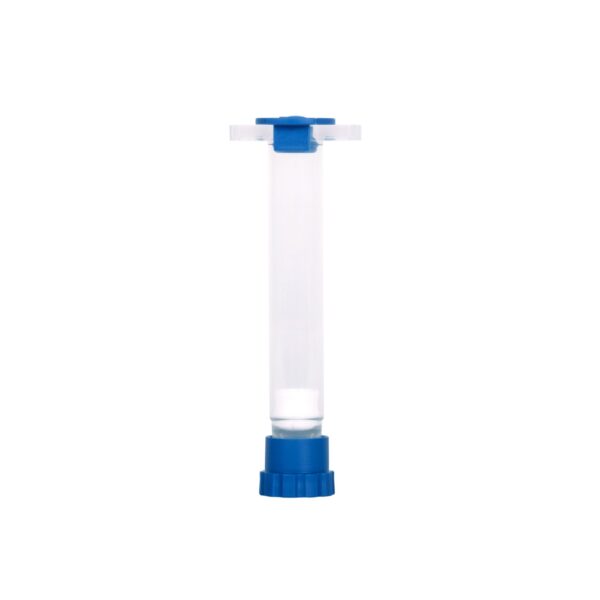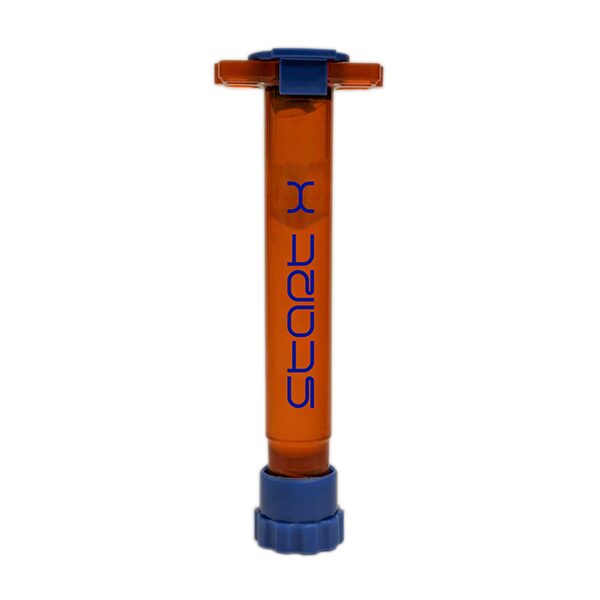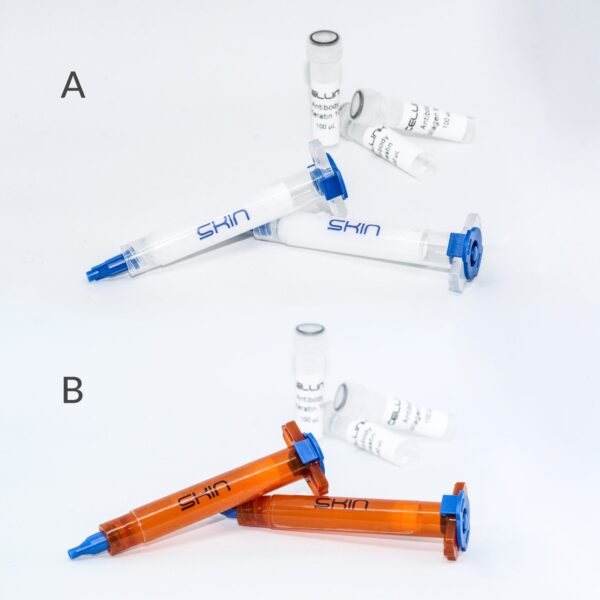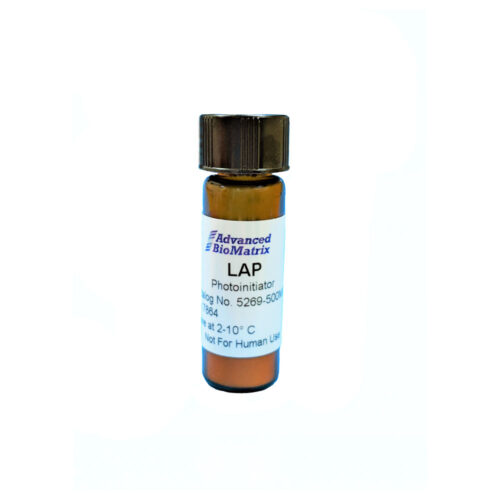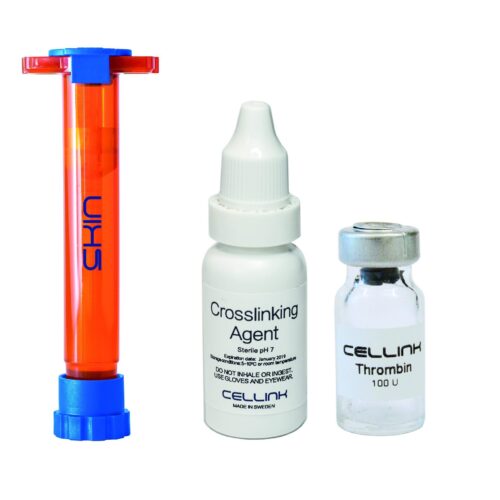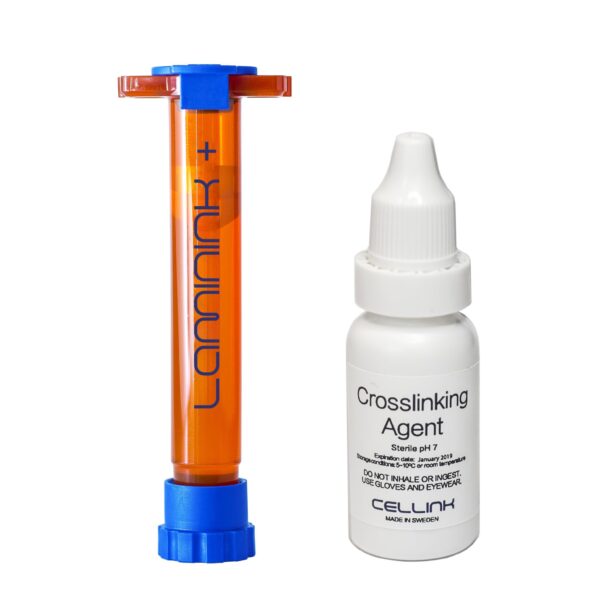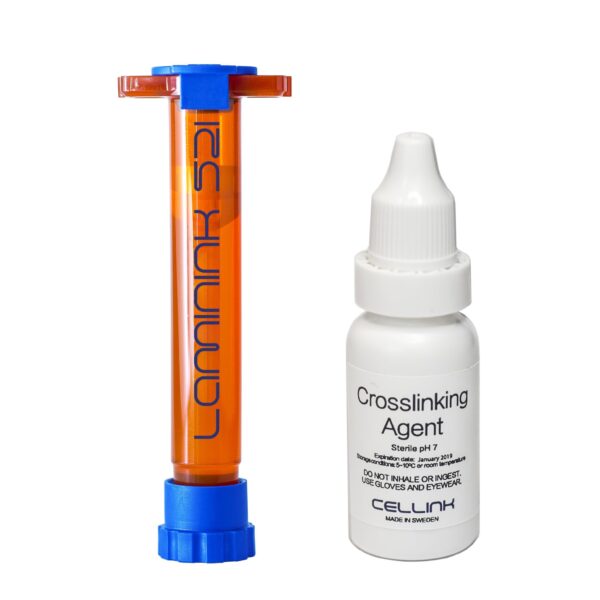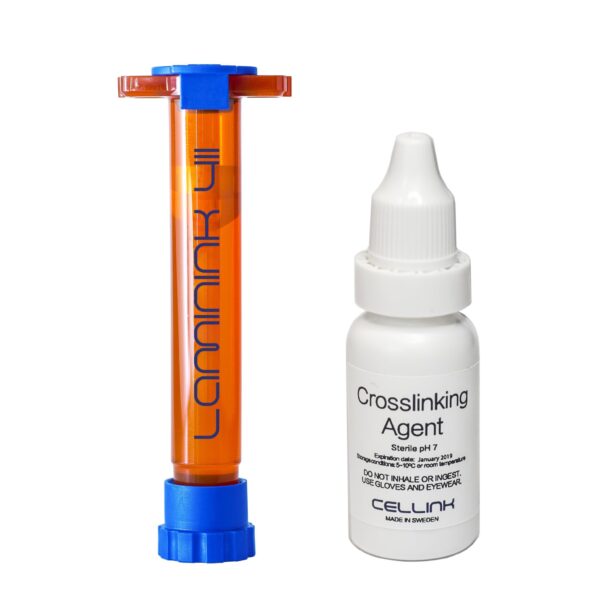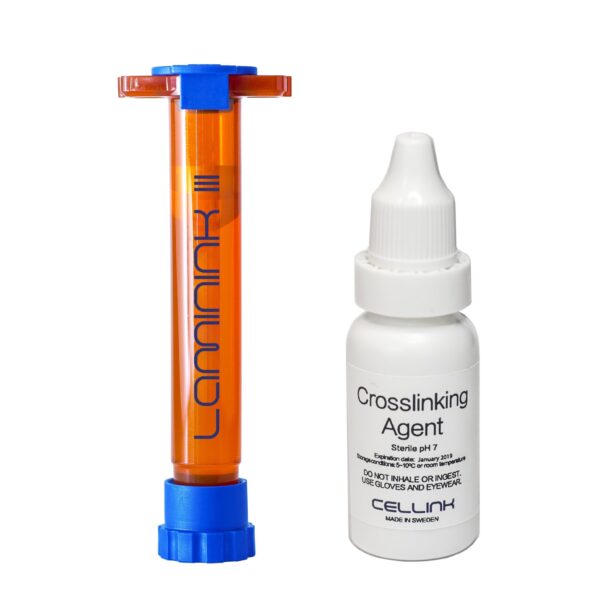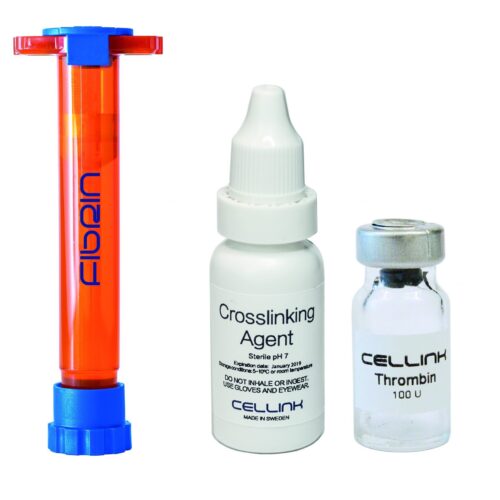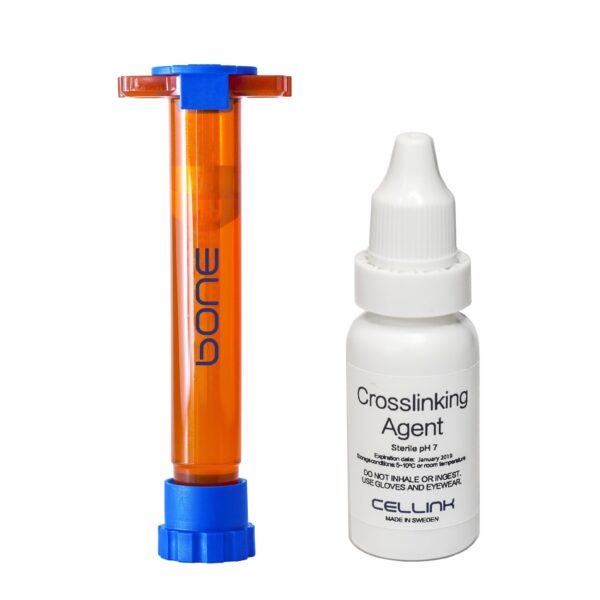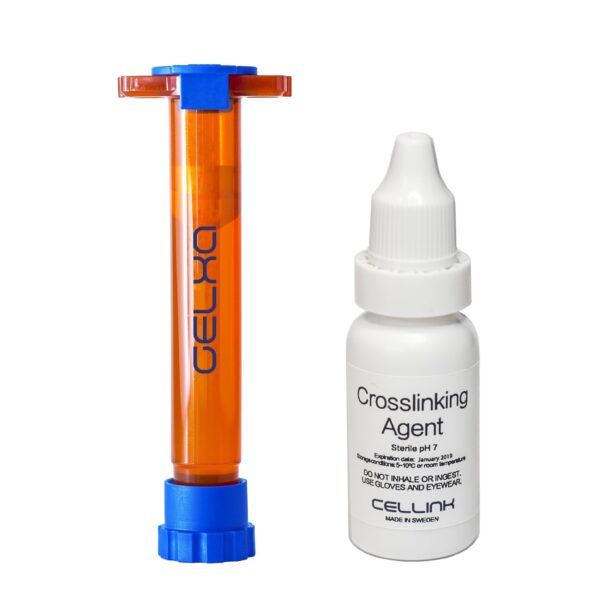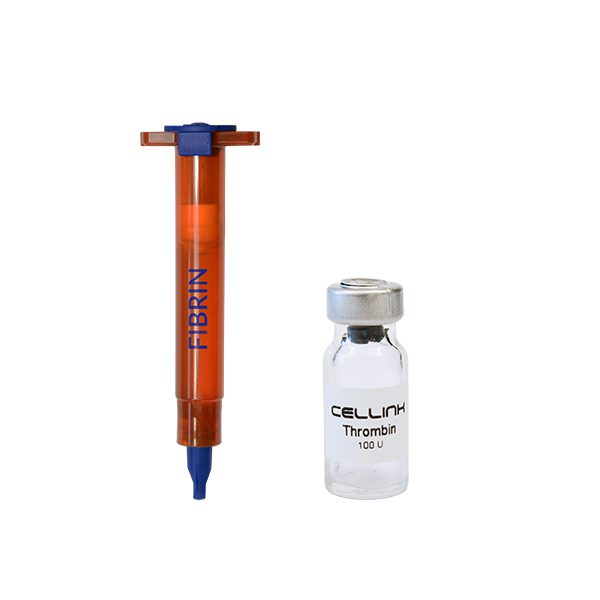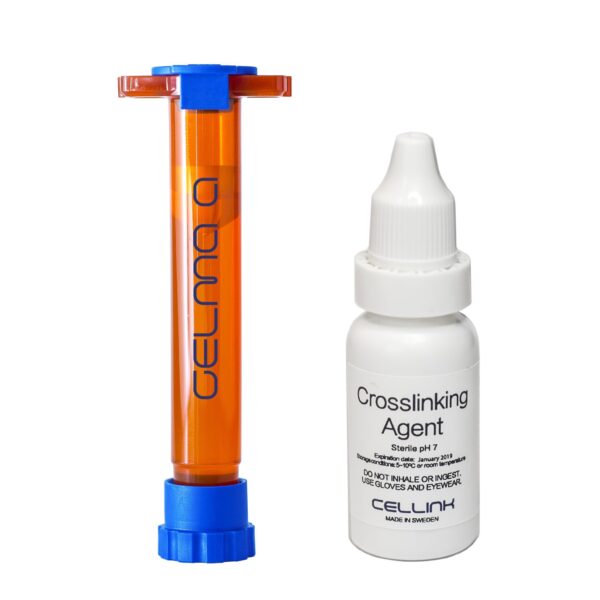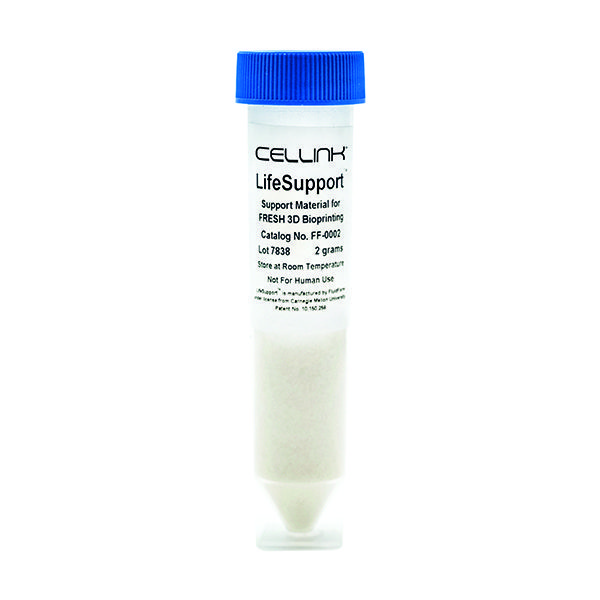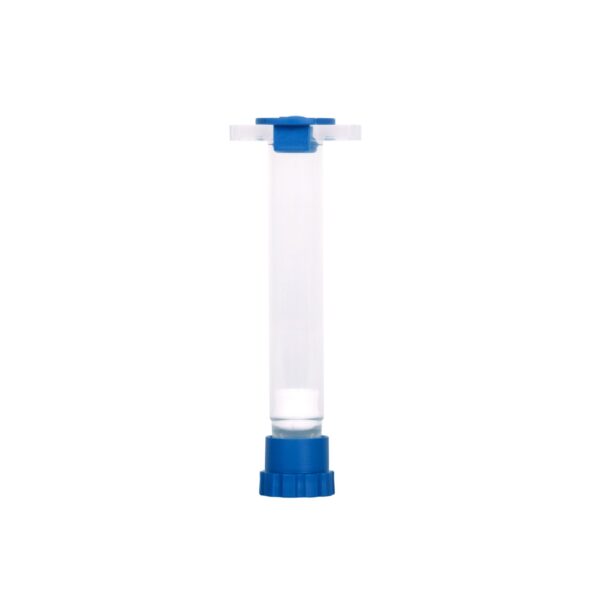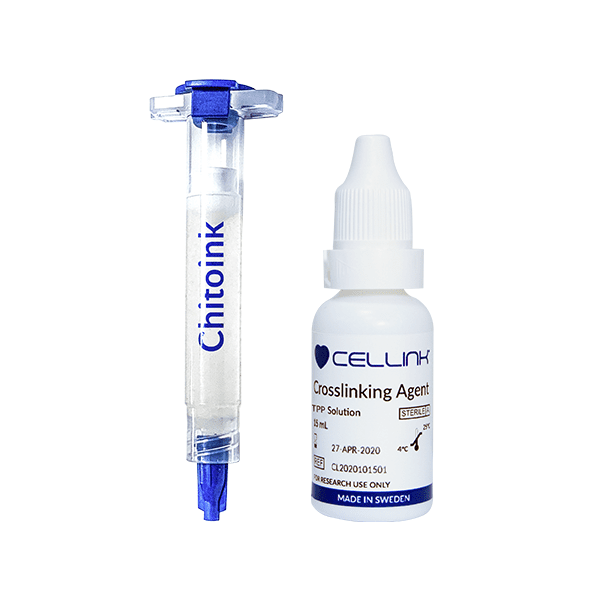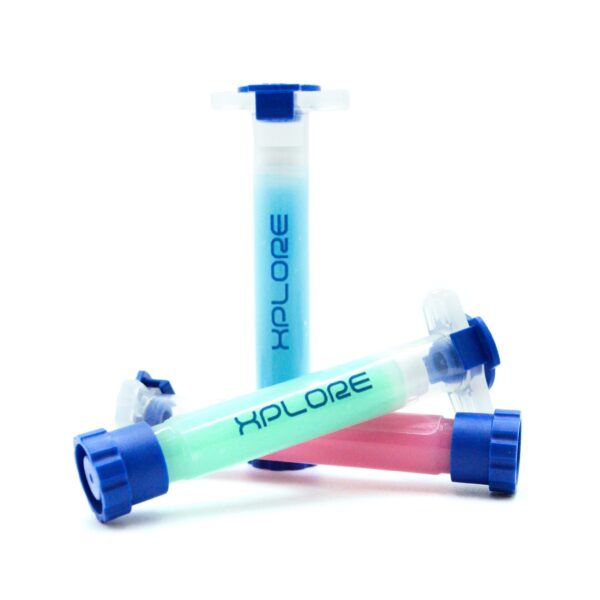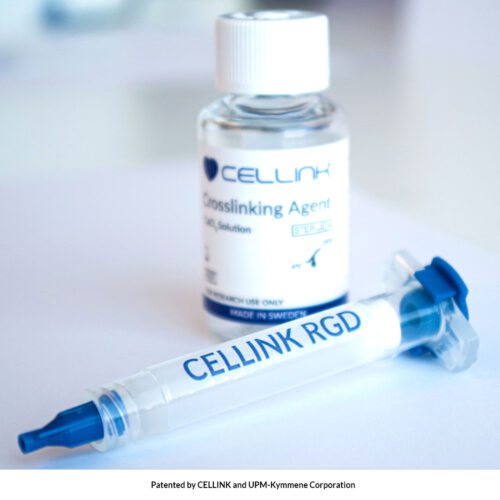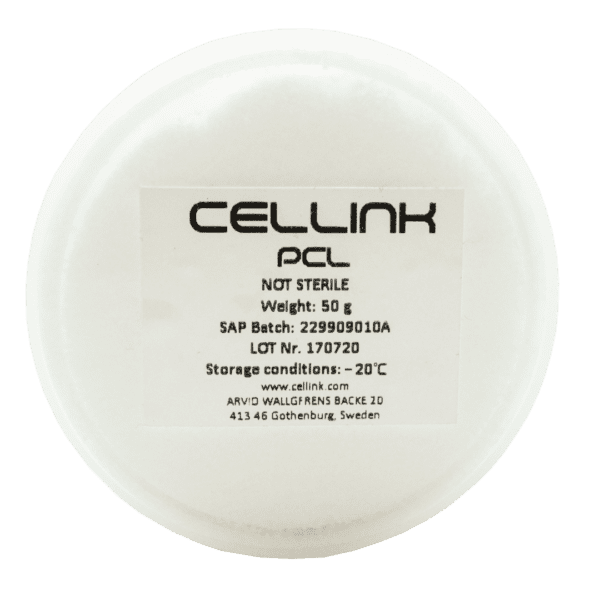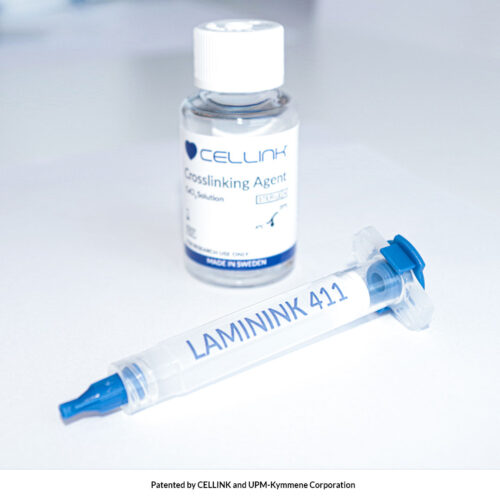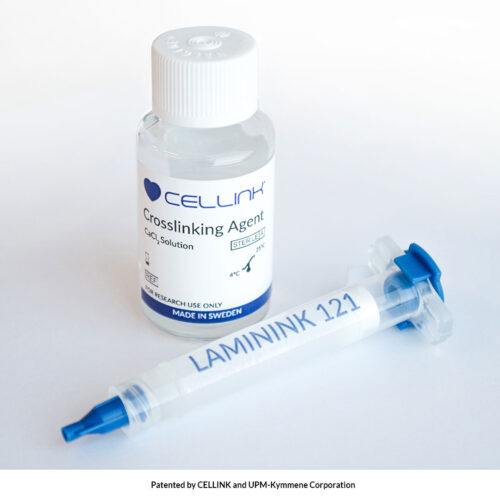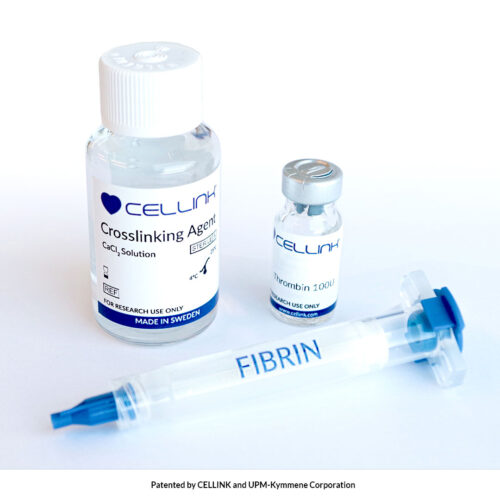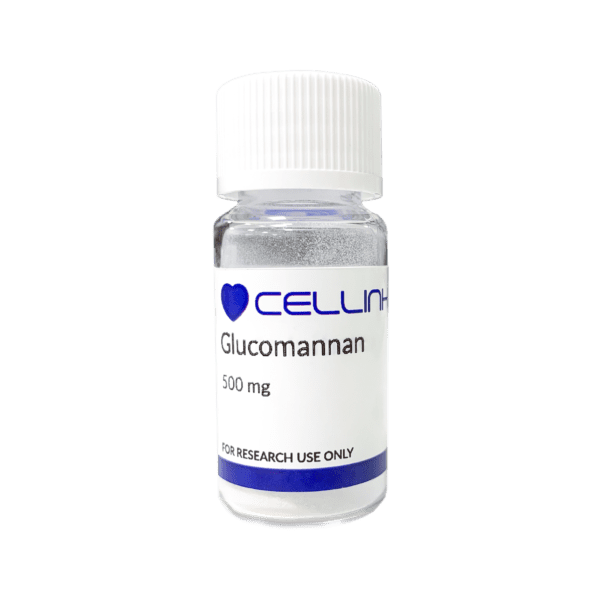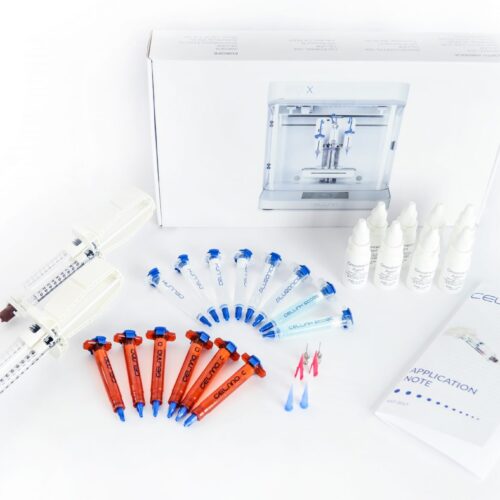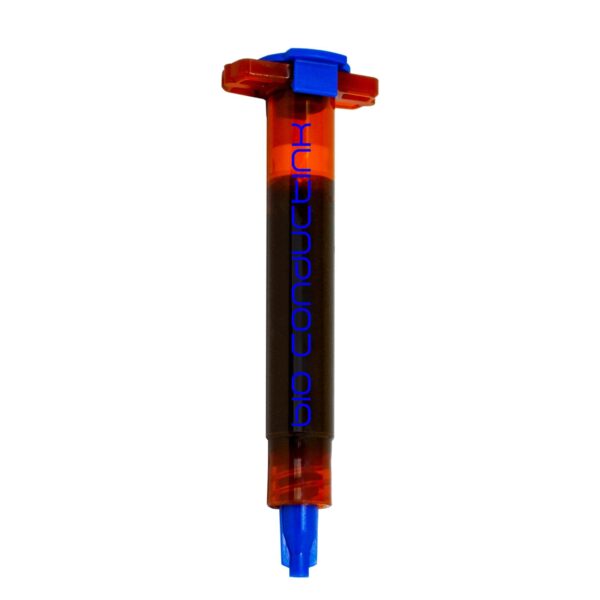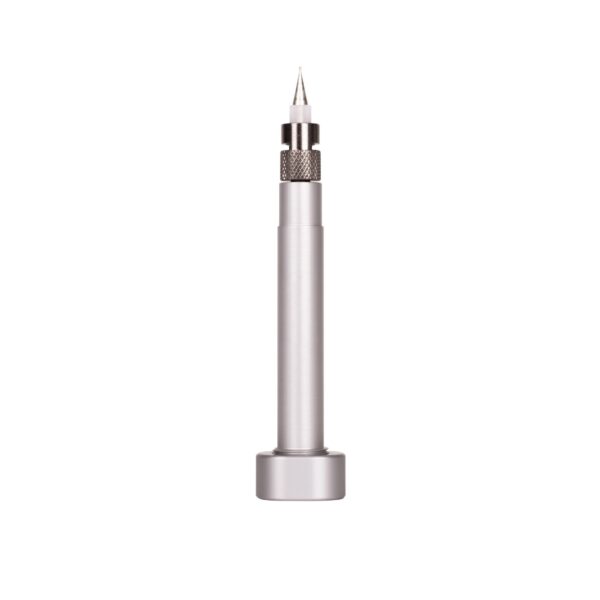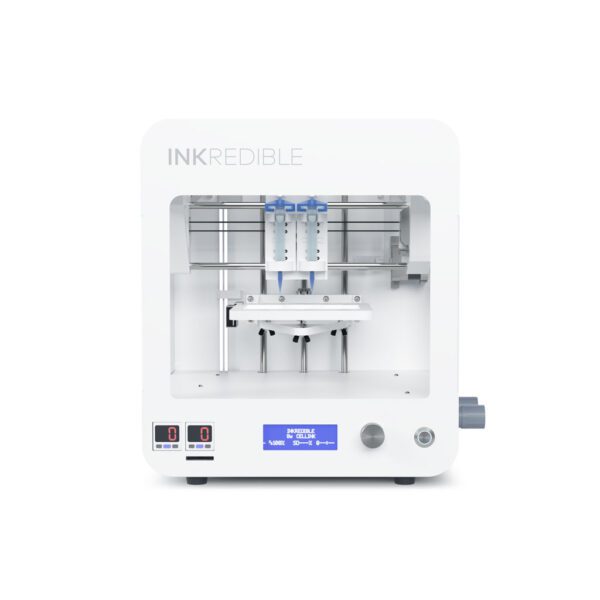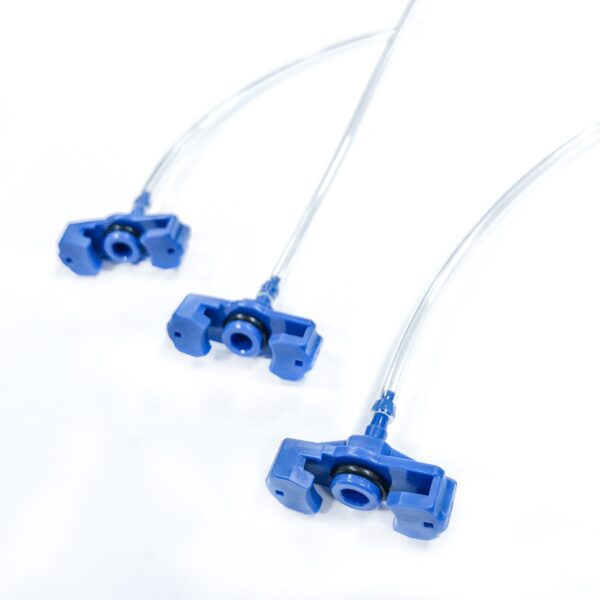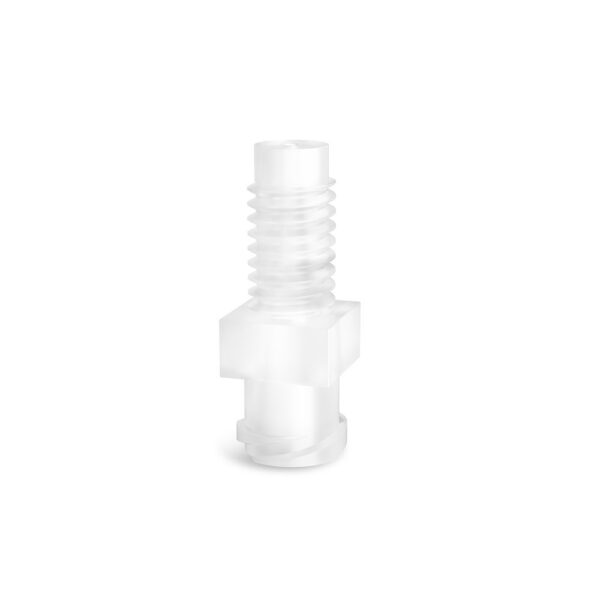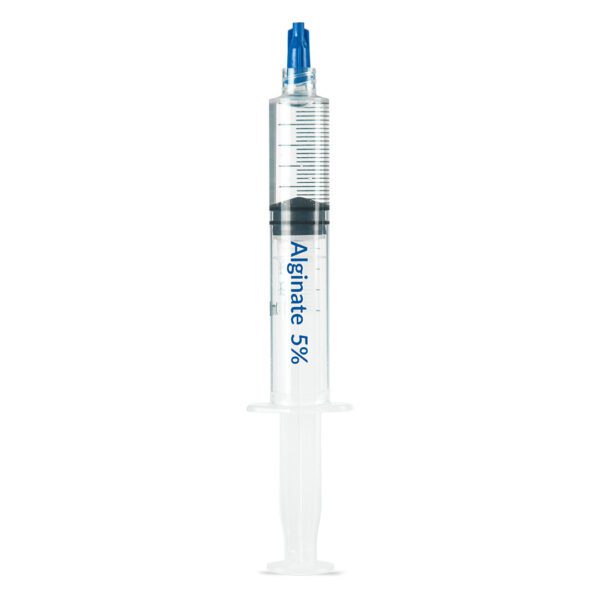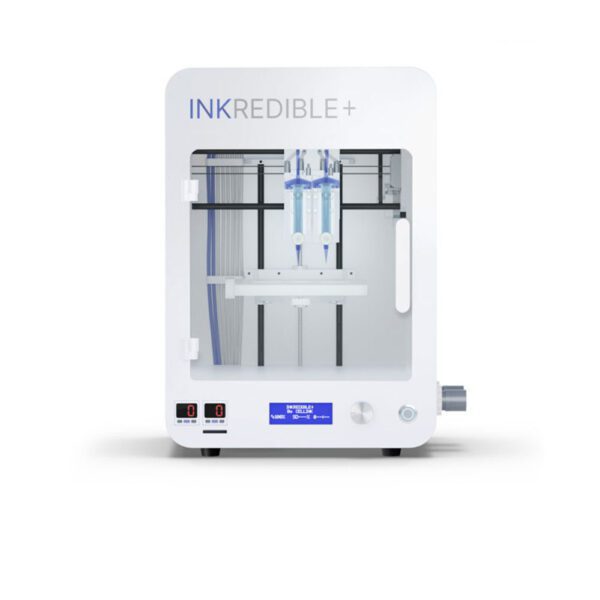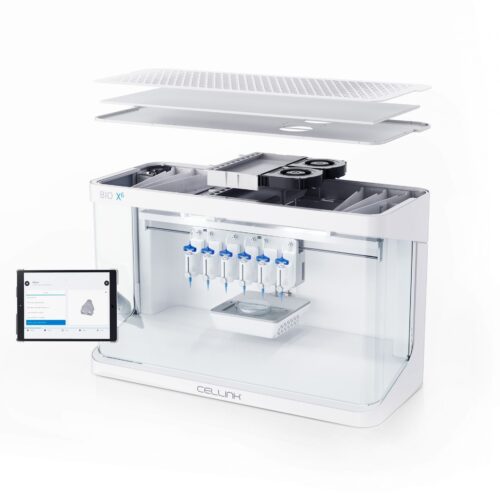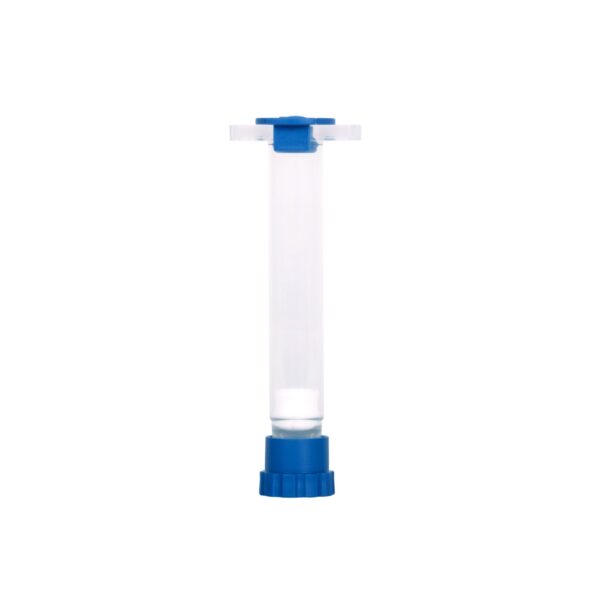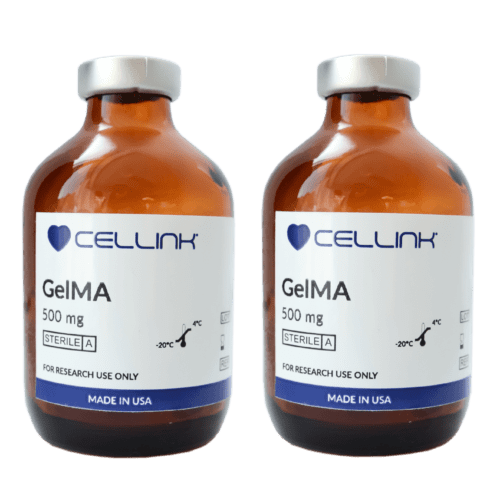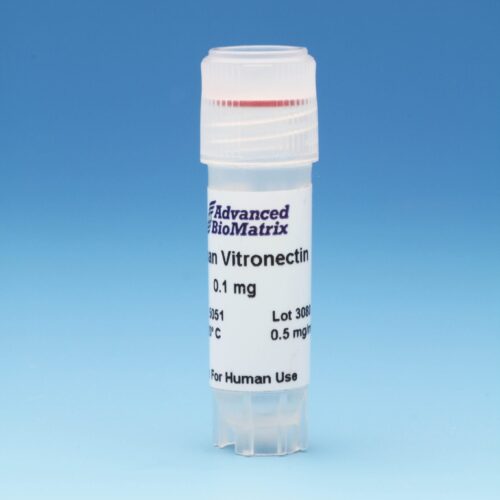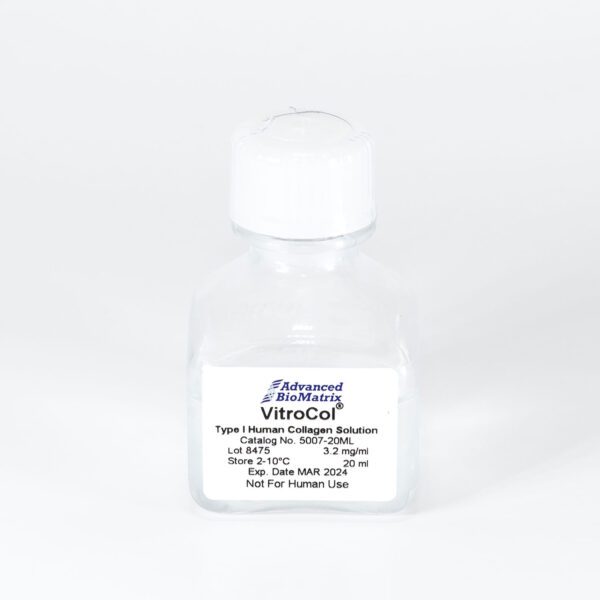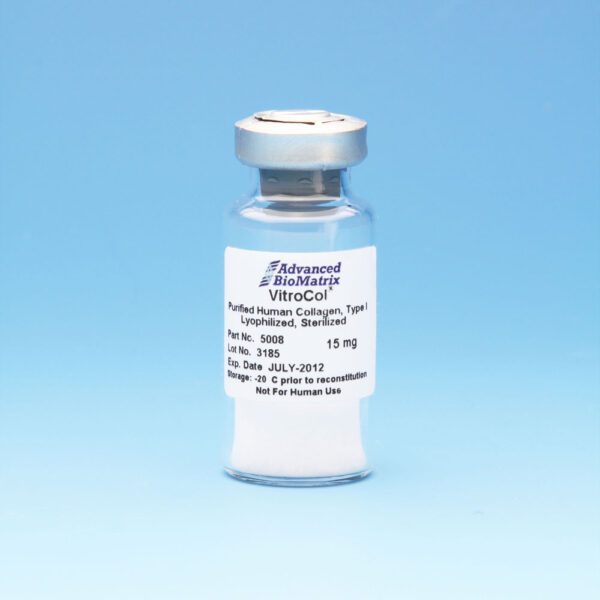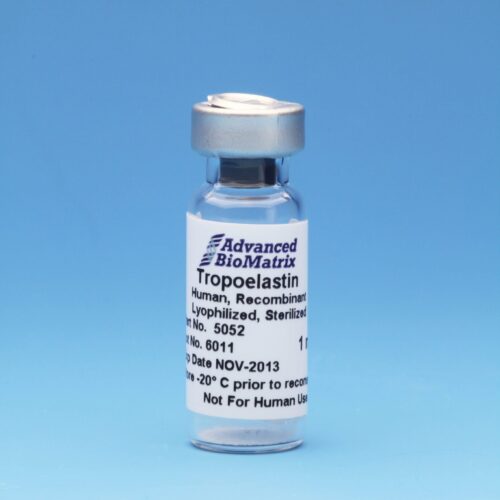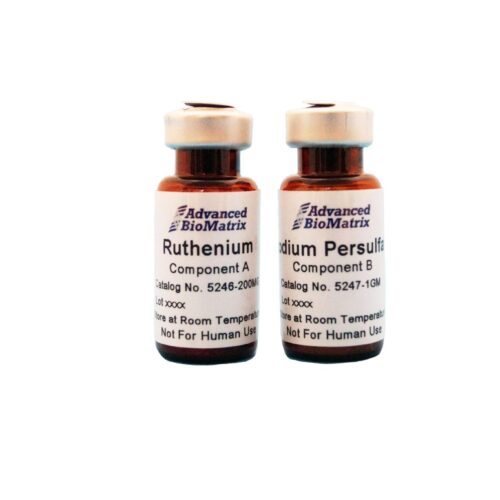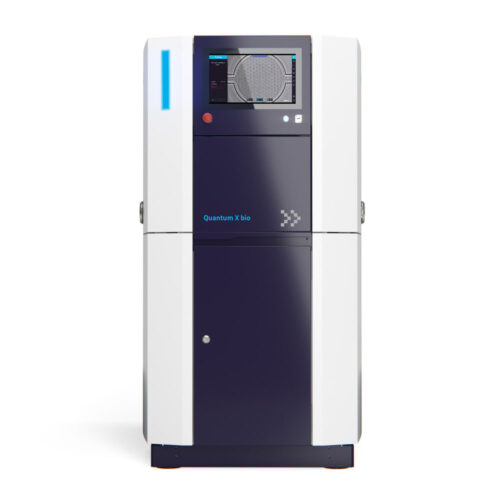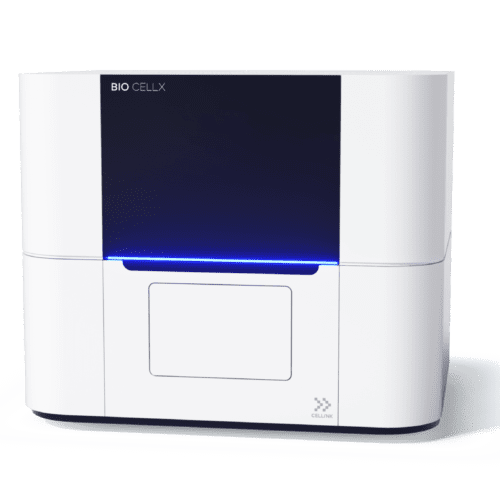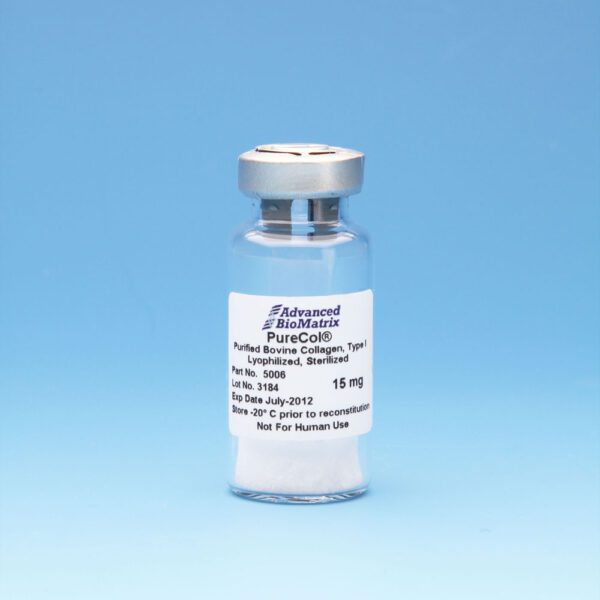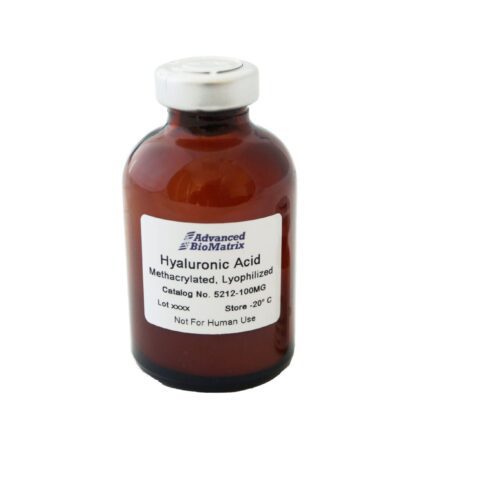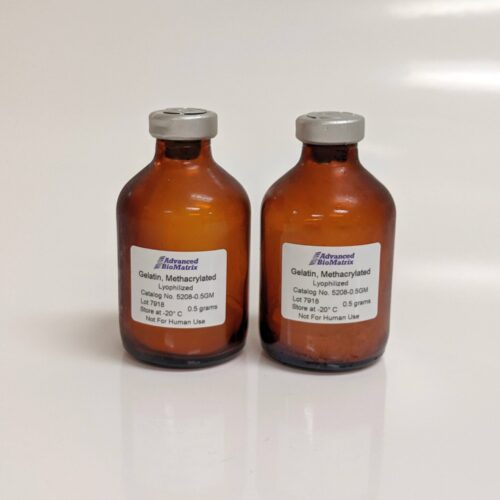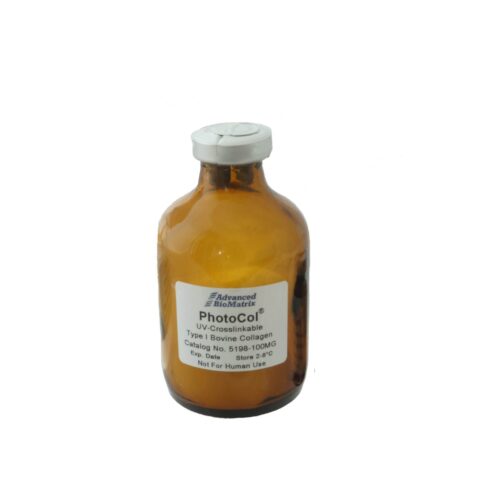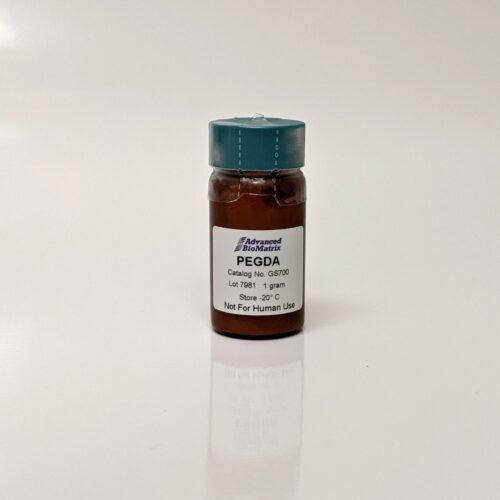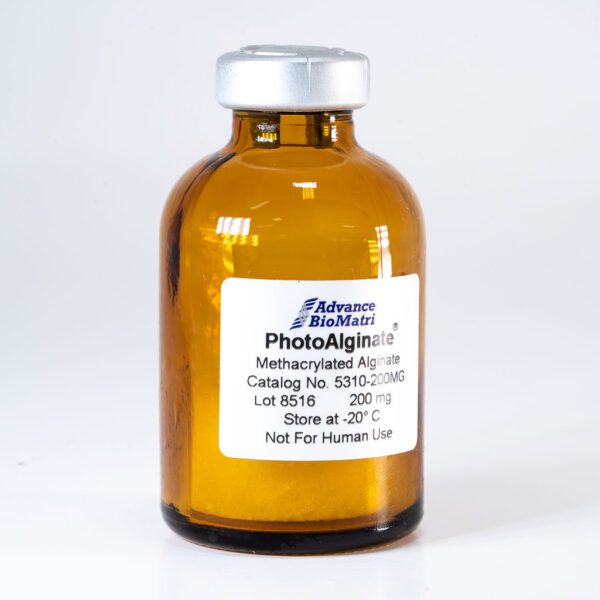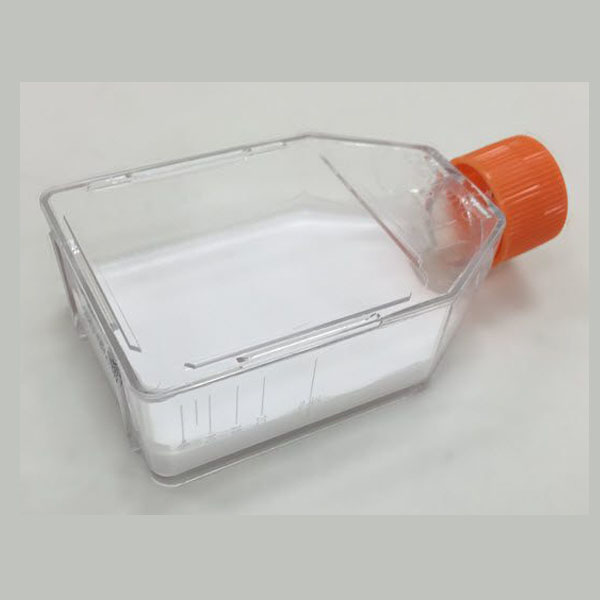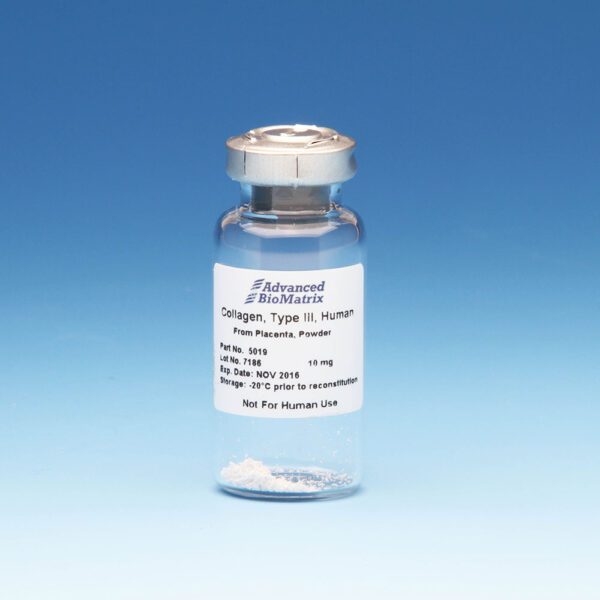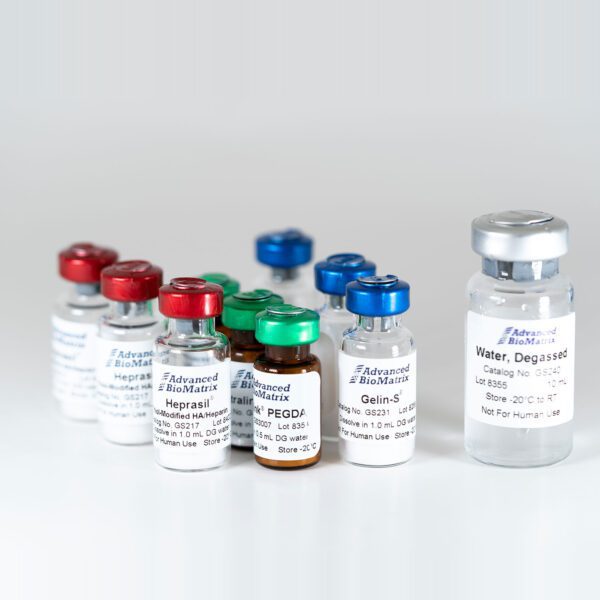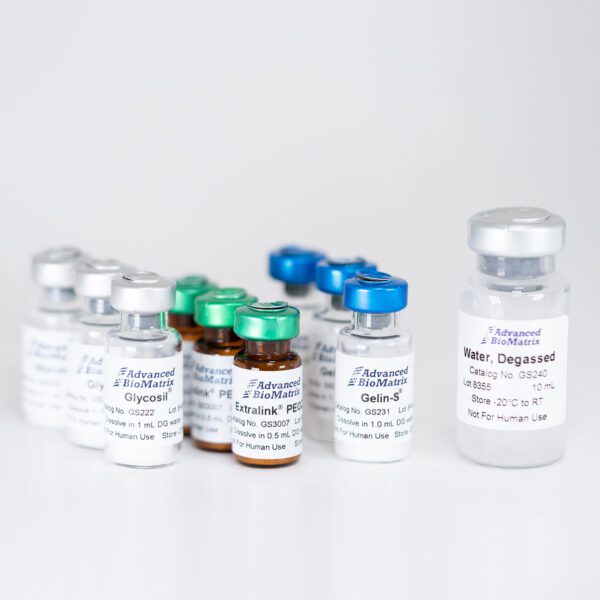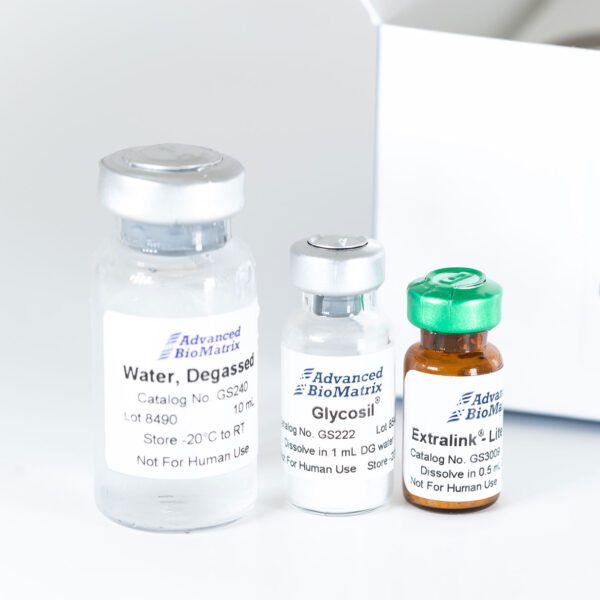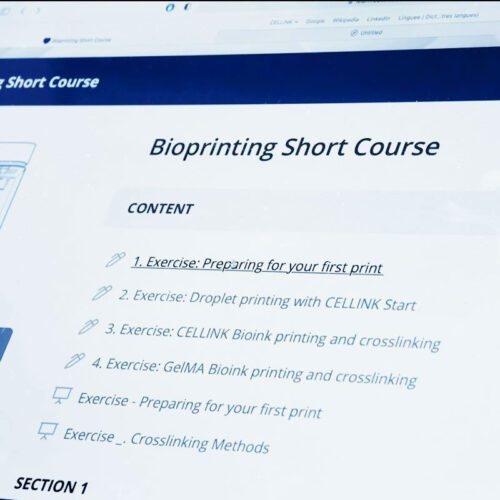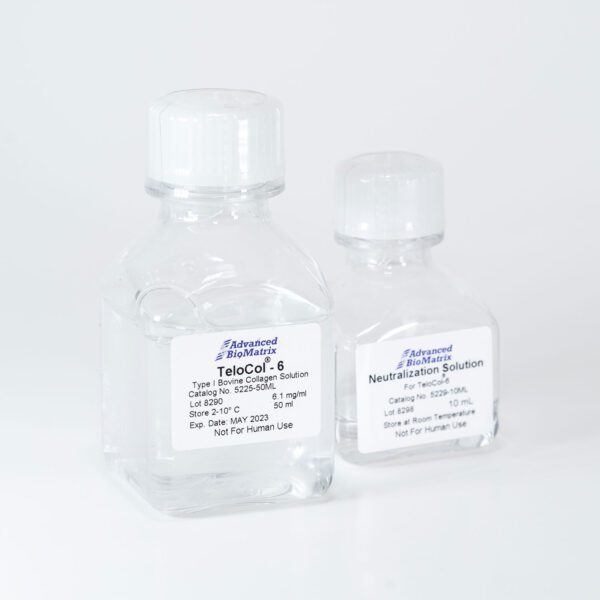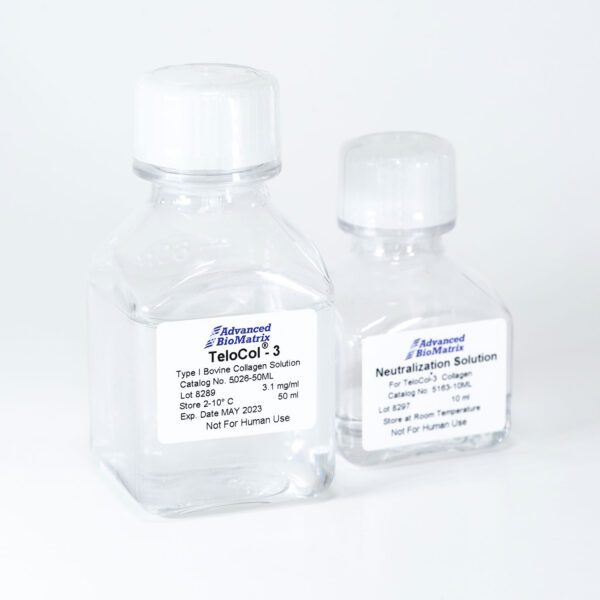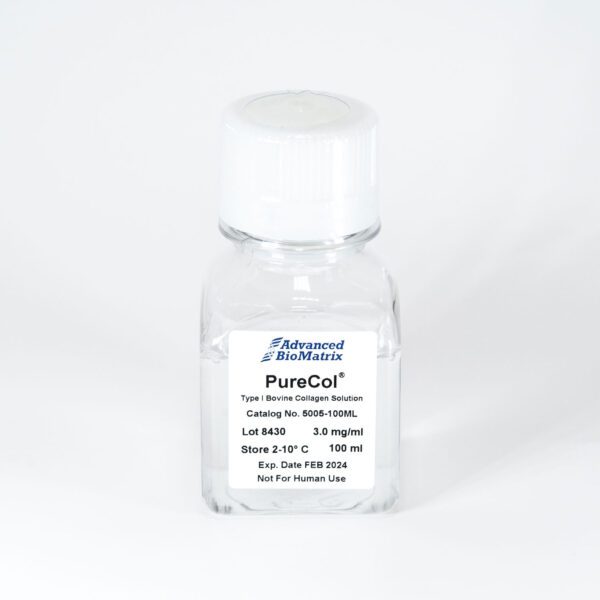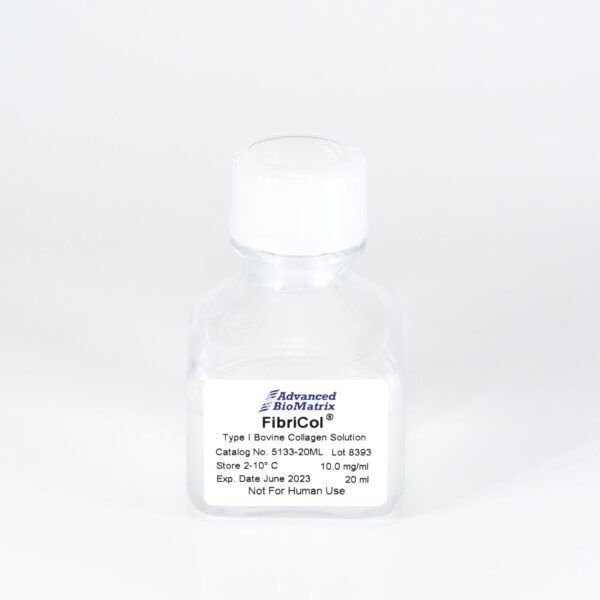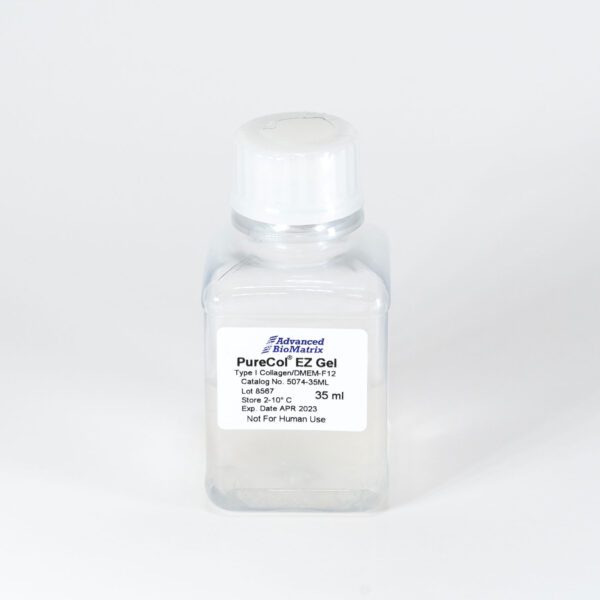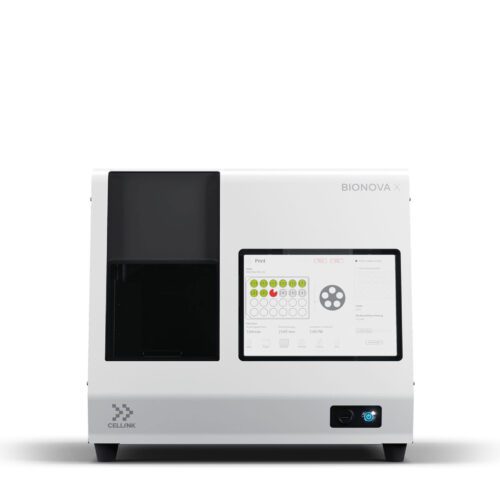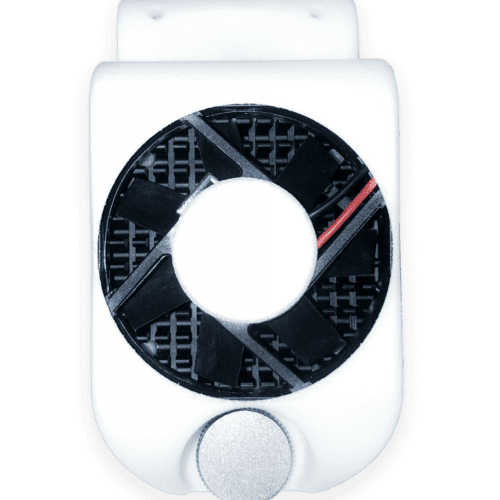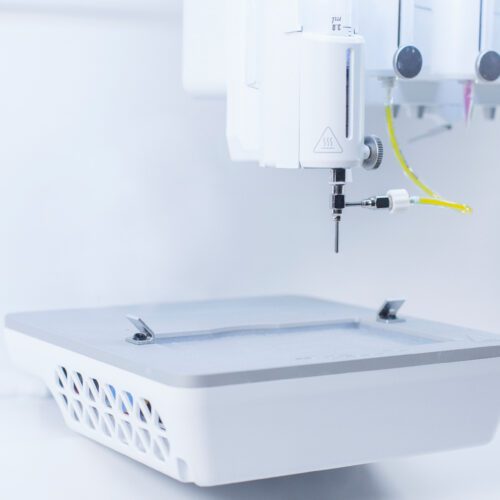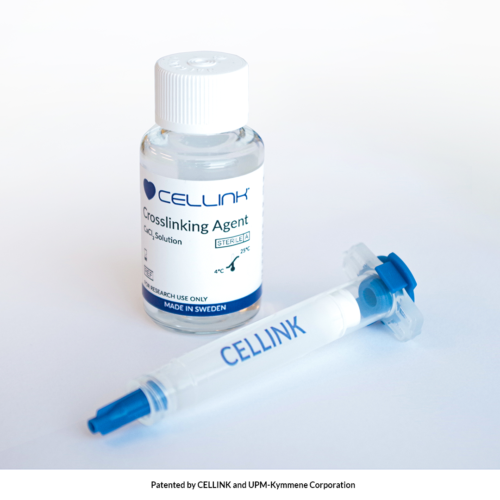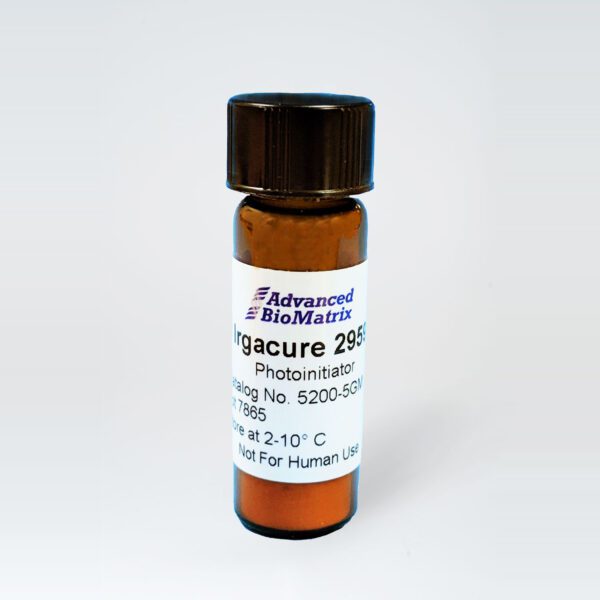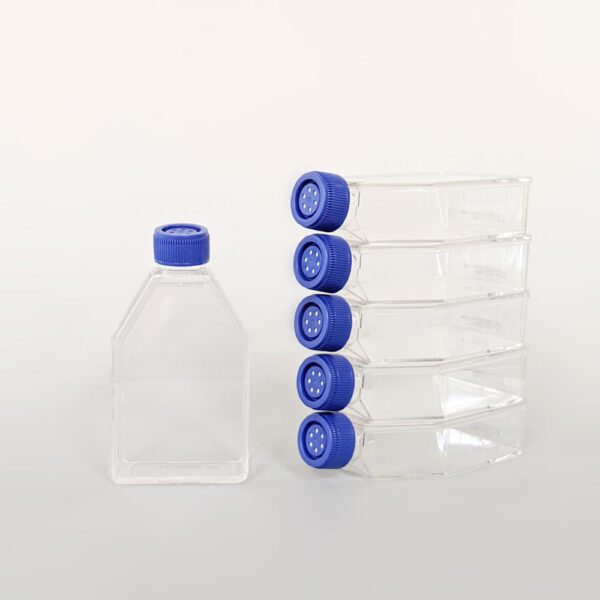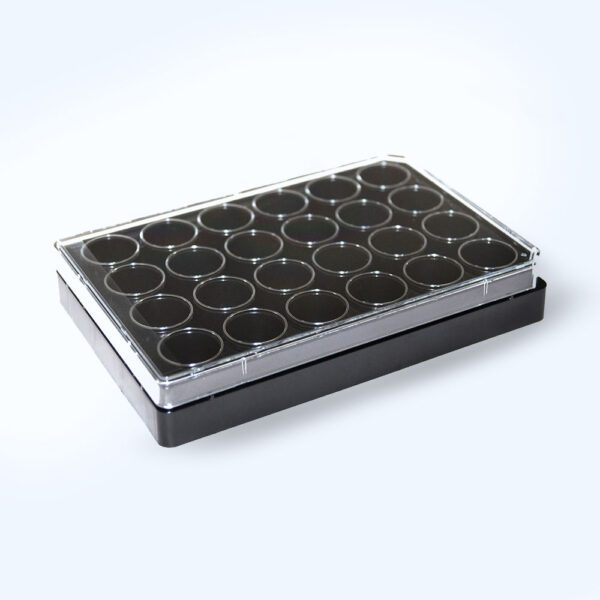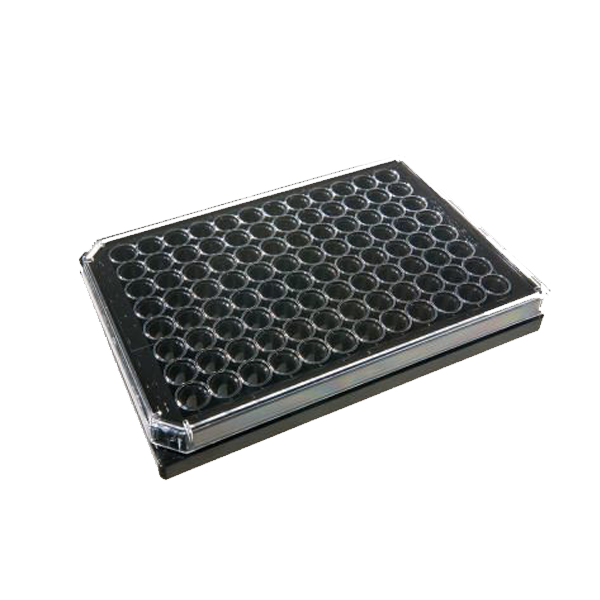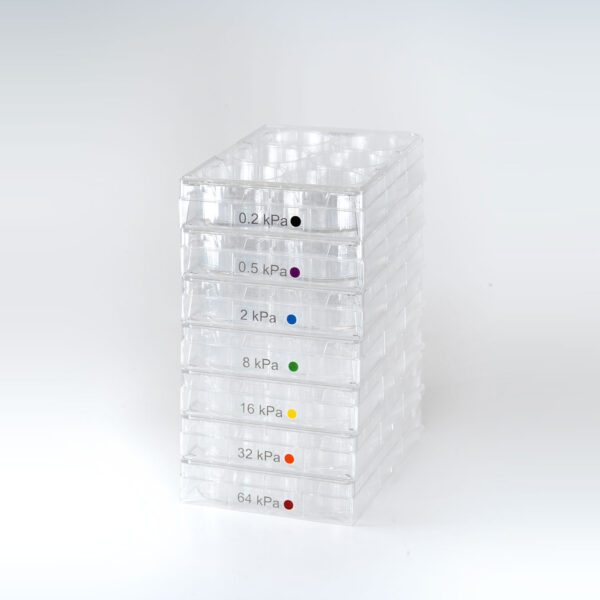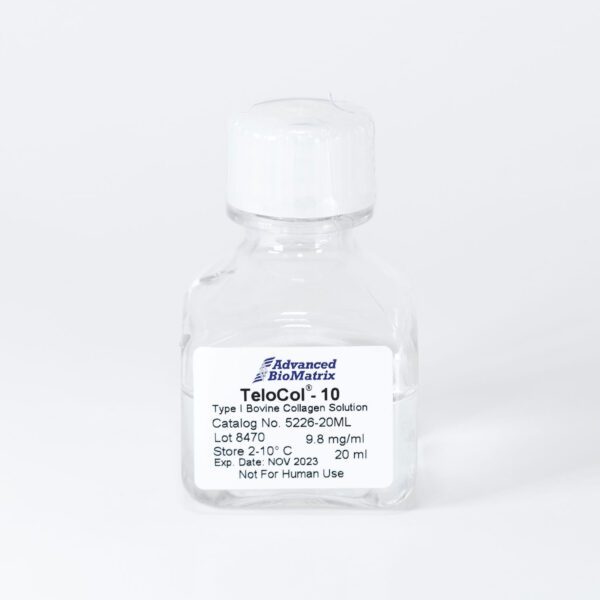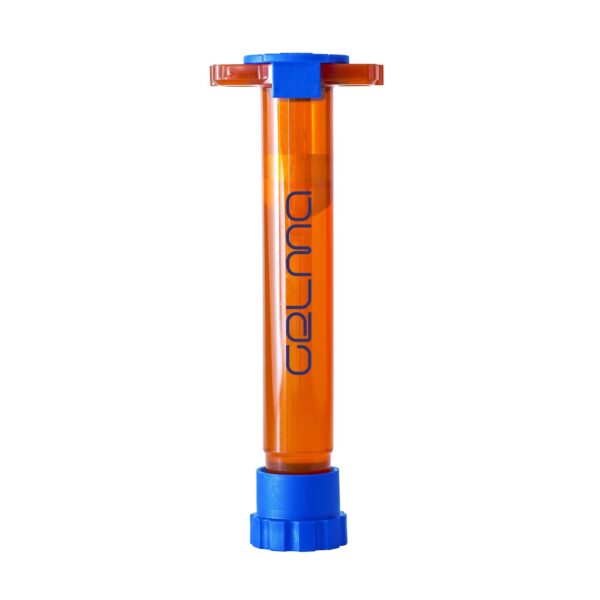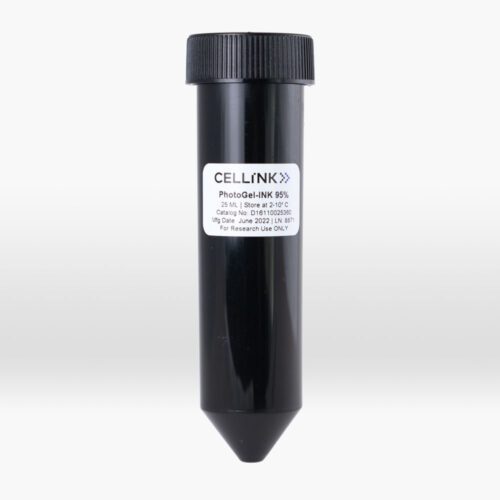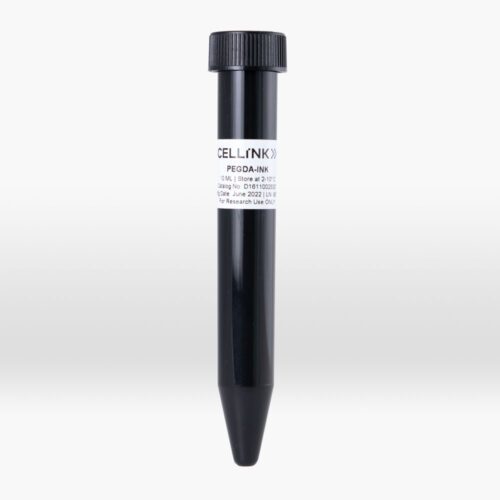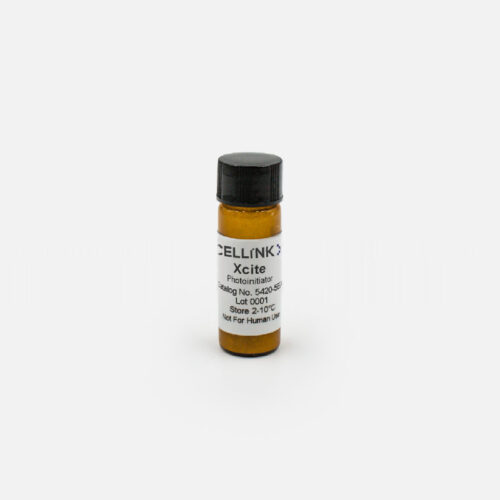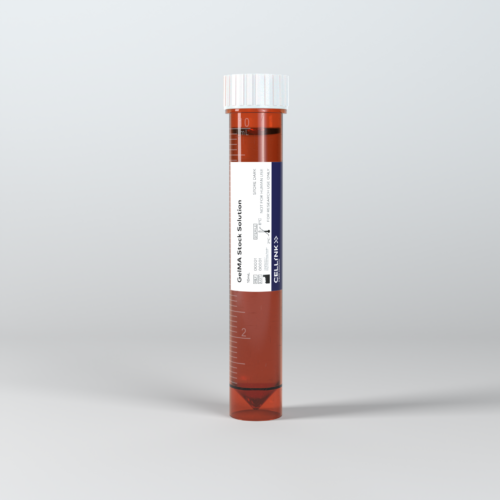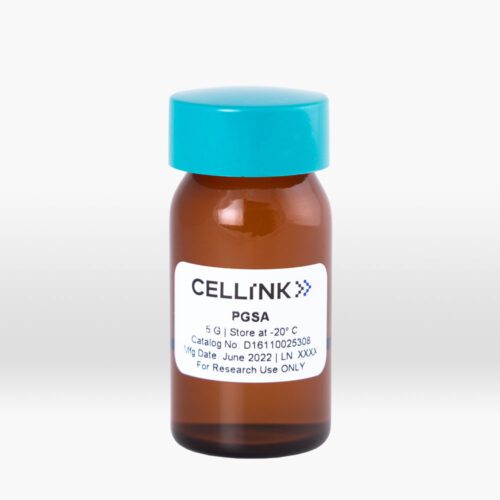Life Sciences
Biovia Discovery Studio is a comprehensive software suite that is designed to support research and development efforts in life sciences domain. Researchers and scientists can visualize, model, simulate, and analyses biological and chemical systems using a variety of tools and capabilities provided by the software. The Biovia Discovery Studio offers a wide range of tools and capabilities for drug discovery, including structure-based drug design, virtual screening, protein-ligand interactions, pharmacophore modelling, protein modelling, and molecular modelling and simulation to understand the behavior of complex biological systems. A thorough molecular dynamic simulation is offered by Biovia Discovery Studio, which also includes force field generation, trajectory analysis, and other features. These instruments are crucial for discovering new medications and treatments as well as for comprehending the interactions between chemical and biological systems. With the aid of these technologies, researchers can create, refine, and screen new therapeutic candidates for a variety of disease states.


Bioinformatics
Biovia Discovery Studio is a powerful software that is frequently used in the field of bioinformatics. It provides a selection of features and tools made especially to support researchers in the investigation, modelling, and display of biological data. A variety of methods, such as homology modelling, ab initio modelling, and molecular dynamics simulations, are provided by the programme for modelling proteins and ligands. The programme enables scientists to create precise 3D models of proteins and their interactions with ligands, which can be used for protein engineering, drug discovery, and other purposes. A variety of techniques for sequence analysis are also included in the software, including phylogenetic analysis, motif searching, and sequence alignment. These methods can be used to find conserved areas, anticipate functional domains, and comprehend the evolutionary connections between various proteins and animals. Chemical structure and reaction analysis, including molecular docking, structure-based design, and reaction predictions, are also provided by the software. These tools will aid in the discovery of novel compounds with improved activity and selectivity as well as the prediction of how possible therapeutic candidates will interact with their targets. Additionally, the programme comes with a number of tools that let academics explore and analyses their data in both 2D and 3D.
Cheminformatics
A variety of techniques for molecular modelling are available in the cheminformatics programme Biovia Discovery Studio, including 3D structure construction, energy minimization, molecular dynamic simulation, and docking. These instruments aid in the prediction of molecular behavior and the comprehension of molecular interactions. De novo ligand creation, structure-based design, and fragment-based design are only a few of the ligand design methods that are available in the software. These instruments support the development of novel compounds with targeted properties, such as increased potency or selectivity. Virtual screening features are also included in the programme, enabling researchers to scan enormous databases of compounds and find prospective therapeutic candidates. To determine a compound’s binding affinity to a target protein, these technologies combine molecular docking and scoring functionalities. Building statistical models that link the chemical structure of molecules to their biological activity is known as quantitative structure activity relationship (QSAR) modelling, and Biovia Discovery Studio offers tools for this process. these models can be used to forecast the activity of novel compounds and priorities them for future investigation. The software also provides ADMET/TOPKAT predictions, a set of techniques for forecasting a compound’s absorption, distribution, metabolism, excretion, and toxicity. They aid in the identification of substances with desired ADMET/TOPKAT profiles and the avoidance of substances with possible safety concerns.


Molecular modelling and simulation
The software can be used for a range of purposes, including drug discovery, protein engineering, and materials science. Discovery Studio includes a wide range of molecular modelling and simulation tools, such as molecular dynamics simulations, homology modelling, protein-ligand docking, and molecular visualization. With the aid of these tools, users can investigate the interactions between various molecules and examine the behaviour of molecules at the atomic and molecular level. The feature that Biovia Discovery Studio offers a complete toolkit that can be utilised for a variety of applications is one of the main advantages of using it for molecular modelling and simulation. The software gives you the resources you need to research the characteristics and interactions of molecules, regardless of whether you are working on drug development, protein engineering, or materials science. The fact that Discovery Studio is user-friendly and simple to use, especially for people with minimal background in molecular modelling and simulation, is another advantage of using it. The modelling process is aided by a variety of templates and wizards provided by the software, which also offers extensive tutorials and documentation to get users started.
Machine learning
To assist in the resolution of challenging issues in molecular modelling and drug development, Biovia Discovery Studio can also be utilized in conjunction with machine learning strategies. The machine learning branch of artificial intelligence focuses on developing algorithms that can learn from data and make predictions or decisions based on that data. A variety of machine learning techniques and algorithms are available in Discovery Studio that may be used to examine big datasets, spot trends and associations, and anticipate the behaviour of molecules. These technologies can be applied in a variety of ways, such as determining new targets for drug development, building novel ligand molecules with certain features, and forecasting the activity and toxicity of new drug candidates. The fact that Biovia Discovery Studio offers a complete set of tools for both data analysis and molecular modelling is one of the main advantages of employing machine learning with it. The outcomes of their analysis can then be used to guide their modelling and simulation studies, making it simple for academics to incorporate machine learning techniques into their modelling workflows. Moreover, Discovery Studio has tools for the crucial machine learning processes of feature selection, model validation, and data preprocessing. These techniques can assist researchers in ensuring the accuracy and dependability of their models and in locating potential sources of bias or inaccuracy.


Gene Expression
In order to learn more about the molecular processes that control gene expression, find possible therapeutic targets, and create new treatments, it can be useful to analyse gene expression data using Biovia Pipeline Pilot. Several tools and features in the Biovia Pipeline Pilot can be used to examine gene expression data from sources like microarray or RNA sequencing data. These instruments can be used to pinpoint genes, pathways, and networks that exhibit differential expression and are linked to particular diseases or disorders. Many methods include like data preprocessing, the programme comes with a number of tools for preprocessing data that may be used to filter and normalise gene expression data, get rid of outliers, and account for batch effects, The Biovia Pipeline prototype includes a number of differential expression analysis methods that may be used to identify genes that are either up- or down-regulated in various experimental conditions or disease states. Many methods for pathway analysis are included in the programme, and they can be used to find biological pathways and networks that are enriched for genes with differential expression. The Software provides tools for gene set enrichment analysis that may be used to find gene sets that are overrepresented in various experimental settings or disease states..
Pharmaceutical
Biovia Discovery Studio is a powerful software can be used in pharmaceutical research and development to hasten the identification of novel medications and treatments. The software provides a number of molecular modelling and simulation tools that can be used to forecast how molecules, such medicines and proteins, would behave in various situations. These instruments can be used to choose the best medication candidates, pinpoint prospective pharmacological targets, and anticipate drug interactions. There are several tools in Discovery Studio for structure-based drug design that can be used to create brand-new medications that target particular proteins or enzymes. The efficacy and toxicity of drug candidates can be predicted using these methods, which can also be used to optimise drug-protein interactions. The software provides a number of ligand-based drug design tools that can be used to create novel pharmaceuticals that are structurally similar to existing medications or naturally occurring ligands. These instruments can be used to find new chemical scaffolds for drug development as well as to forecast the activity and toxicity of therapeutic candidates. A number of pharmacophore modelling techniques in Discovery Studio can be used to pinpoint the essential molecular characteristics needed for drug activity. These instruments can be utilised to create brand-new medications that are tailored for particular pharmacological targets. The virtual screening methods in Discovery Studio can be used to find prospective medication candidates from enormous libraries of chemicals. Based on their expected activity, toxicity, and other qualities, these tools can be used to filter and rank compounds.

